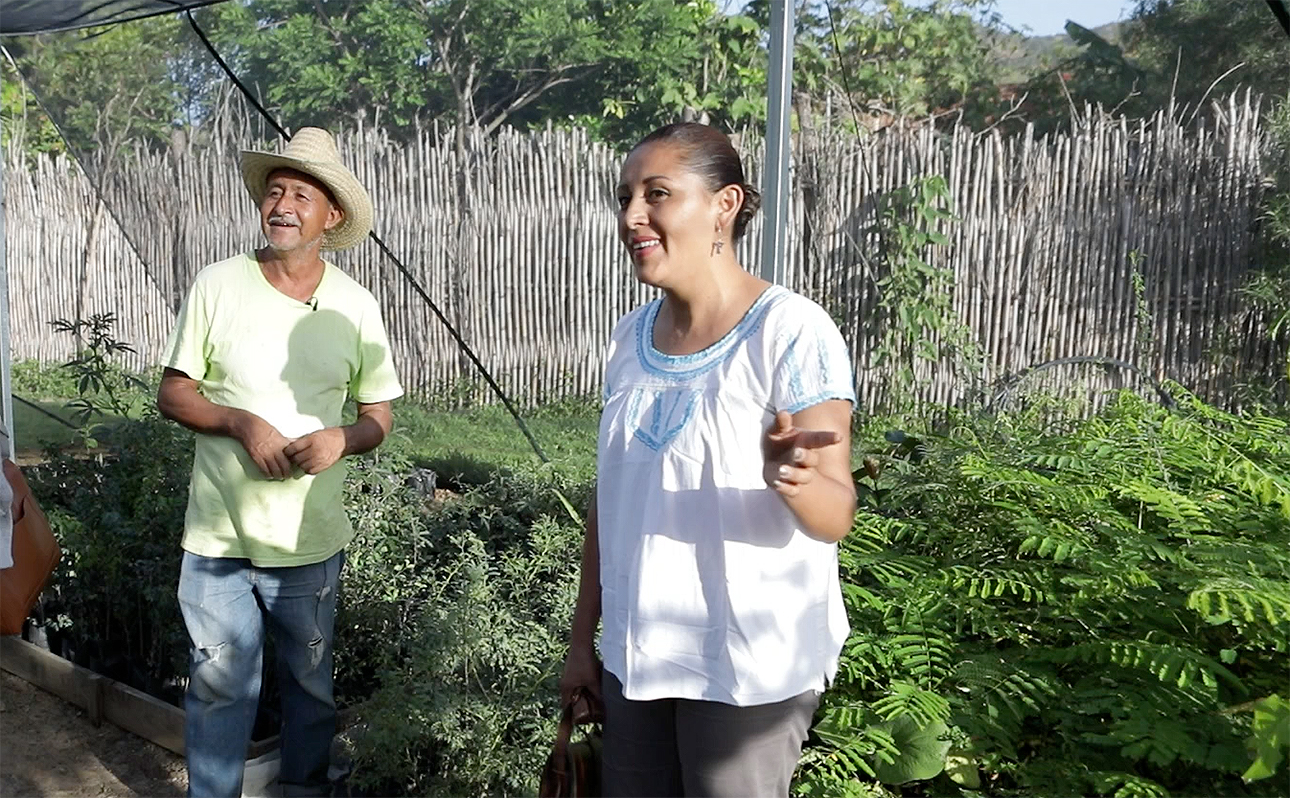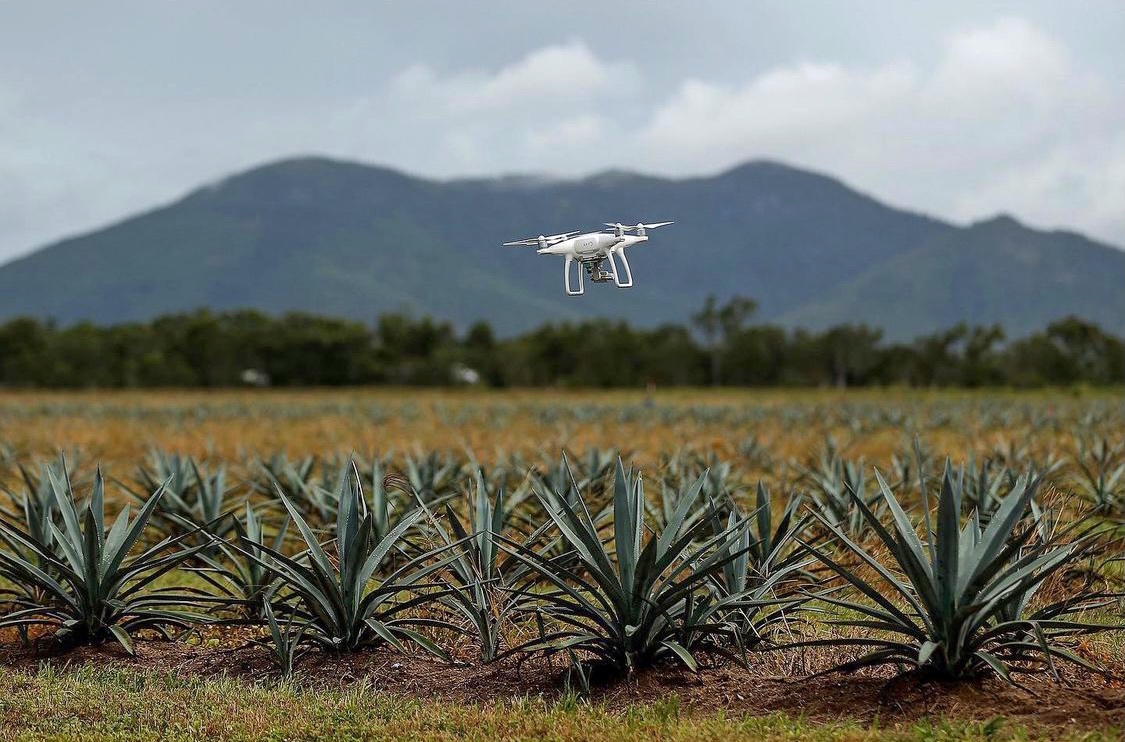
While the tequila category has seen explosive growth for the last couple of years, slowly but steadily a new trend is starting to form: the rise of the “agave spirit.”
This has long been a blanket term for distillates made by cooking, crushing, fermenting, and distilling agaves, which includes both tequila and mezcal. But it is also a term that is starting to show up more frequently on bottles in the U.S. and Mexico, not only as descriptors of regional spirits (including raicilla and bacanora), but as a category all its own.
“The initial growth of mezcal brought more interest in other agave spirits from Mexico,” says Andres Moran, a Guadalajara-based bartender, brand rep, and spirits educator.
“But the more recent boom in tequila is what is driving the ‘agave spirits’ category, because anything with that label is seen as more craft than tequila and mezcal appear to be now,” he adds.
Indeed, Zack Romaya, owner of Old Town Tequila in San Diego, CA, has watched this trend up close. “We are seeing anything labeled as an agave spirit flying off the shelves,” he says.
This interest is perhaps due to the fact that tequila’s popularity has led to more industrial production practices, and sweeter, softer taste profiles designed to attract mass-market customers. This is underscored by the booming sales of products like Casamigos and Cincoro.
“So the question becomes, if the official category becomes dominated by products that bear no resemblance to traditional tequila, if ‘tequila’ ceases or has ceased to be a signifier of quality or tradition, what replaces it?,” muses Clayton Szczech, tequila specialist and owner of Experience Agave.
“For the moment, the answer seems to be ‘agave spirits’,” he adds.
Mass Marketing Leads To a (Small) Revolt
The mass marketization of tequila has already breached the mezcal category, which has long been seen by some as the more artisanal agave distillate due to its traditionally small, handcrafted production techniques. But in recent years big players in the spirits industry, including Diageo and Pernod Ricard, have added mezcal brands to their portfolios, lured by the category’s budding success, craft image, and high prices.
This has made smaller mezcal producers wary of where the market is heading. In fact, some point the finger at mezcal regulators at the Consejo Regulador del Mezcal (CRM), saying they are ignoring the needs of the smaller producers as they paved a profit path for the large, international conglomerates.
“The rules don’t consider the small producers or take their opinions into account,” says Graciela Ángeles Carreño, General Manager of Real Minero, a well-respected brand made in Santa Catarina Minas, Oaxaca. Her great grandfather began the mezcal-making tradition, and in 1978 the family bought their first palenque, before regulations were put in place.
“(When it comes to regulation) the only ones that have the right to an opinion are the big producers because they produce more revenue,” she adds.
Earlier this year, Real Minero decided to decertify, with recent bottles no longer labeled as mezcal; they now say “aguardiente” or “destilado de agave” (agave spirit) instead. (Aguardiente is a Spanish term for hard liquor.)

Graciela Ángeles Carreño and horticulturist Isaac Arianes in the greenhouse at the Real Minero palenque in Santa Catarina Minas, Oaxaca.
”For me the word mezcal has lost its meaning because it does not respect the culture or the ecology of our traditions,” adds Ángeles Carreño.
But even before Real Minero decided on a label change, some producers were already moving away from certifying, according to Max Garrone, spirits writer and co-founder of Mezcalistas.
Brands such as Cinco Sentidos and NETA embraced the “agave spirits” label because they didn’t think certification was fair, and because they believed that the producers they worked with were already making a truly traditional spirit, he adds.
“Instead of fighting over the word mezcal, they embraced this other path,” says Garrone.
This rejection of official labels is particularly stinging given that both mezcal and tequila have a denomination of origin, which in theory is designed to protect and preserve local traditions and products, as well as give back to the communities where they are made.
While Real Minero is taking a strong stand in the mezcal world, the tequila world has its own regulatory rebel: Caballito Cerrero. This now cult brand is produced by the Jiménez family, who also started making tequila long before regulators stepped in.
In fact, the Jiménez family is related to the founder of Herradura tequila, stretching their tequila-making bonafides back to the late 1800s, at least.
“Becoming an agave spirit has been the best decision for us because we don’t have to deal with the CRT (Consejo Regulador del Tequila) and their special rules for small companies,” says Javier Jiménez Teran, manager of Caballito Cerrero’s parent company, TCC de Amatitan S.A de CV. They stopped using the word “tequila” on their labels in 2018.
Like Ángeles Carreño, Jiménez says the bigger brands have the regulatory advantage since they pay them more money and therefore get favorable treatment. (Both the CRM and the CRT charge a tax on each liter produced, meaning high-volume producers contribute substantially more.)
Fortunately for both Caballito Cerrero and Real Minero their reputations in the market meant that consumers continued to seek them out, even as their labels changed.
“The work we’ve done over the last 20 years gave us some comfort in believing that consumers won’t really notice the labeling change,” says Ángeles Carreño. “We produce everything ourselves, including the raw materials… and we have built up trust over the years.”
Of course, the semantics of agave spirits distract from a deeper conversation about what makes a product “craft.” Is it traditional production, being small batch, or something else, like having the freedom to evolve a product without being restrained by past creators, or regulators?
“Not following official rules for the tequila category means that we can play with our products more and use different agaves,” says Jiménez Teran. Caballito now offers products not exclusively made from blue weber agave, such as its Blanco Chato, made from the Angustifolia species of agave, which are normally used for mezcal.
The New Agave Spirits
Being able to innovate and play in the agave spirits world is also attracting some newcomers, such as Ventura Spirits in California, which makes an agave spirit called La Paloma from locally grown blue weber agaves. They are following in the path forged by St. George Spirits in the San Francisco Bay Area, which first produced its “Agave Azul” products in 2008, using agaves imported from Mexico.
And more recently, spirits maker Top Shelf International announced it was taking advantage of an abandoned Australian government project to experiment with blue weber agaves. It harvested hijuelos and bulbils from agaves the government planted a decade before, and used them to plant new fields on a former sugarcane property in Queensland. Their intention is to produce a uniquely Australian agave spirit that reflects the local terroir. Production will begin in the second half of 2023, when a new distillery is finished, and the planted agaves are more mature.

Agaves growing in Queensland, Australia are monitored plant-by-plant via drone.
“The world does not need another tequila brand,” says Trent Fraser, who heads Top Shelf’s Australian Agave Project. “There has been absolute saturation since the celebrity movement and unfortunately with that, credibility in product creation has been compromised,” he adds.
Until recently, Fraser was the president of Volcan De Mi Tierra, the premium tequila made by luxury group LVMH. But Fraser sees this initiative as an opportunity to reshape the category.
“We have an entirely blank canvas,” Fraser says, adding that although they will include the best of older, traditional methods, they are not confined by outside influences or authorities.
Will consumers notice or care how these new agave spirits are labeled? Some of them will, and it will be an advantage, according to Szczech.
“There is a small, relatively affluent niche market that has been educated mostly via social media about quality, non-certified agave spirits. That niche is large enough to make a real difference for small, traditional distillers,” he says.
This is the market Caballito is shooting for. “This is not a bottle you find in Walmart,” says Jiménez. “Our brand is rare and unique. People feel enchanted… because it reminds them of old-fashioned tequila.”
And, as Szczech points out, there’s a certain cachet that both producers and consumers can claim in being outside the certified categories.
Romaya of Old Town Tequila agrees. “Agave spirit consumers love that these spirits are like the outlaws in the Wild West,” he says.
As for the rest of the market, exposure to agave spirits will likely depend on the influence of bartenders, says Garrone.
“It’s really the bartender that guides the customer to new products and gets them excited about it,” he says. “If the bartender grabs a bottle and says, “I have a great new mezcal for you to try!”, will it really matter if it says ‘agave spirit’ on the label? I don’t think so.”

